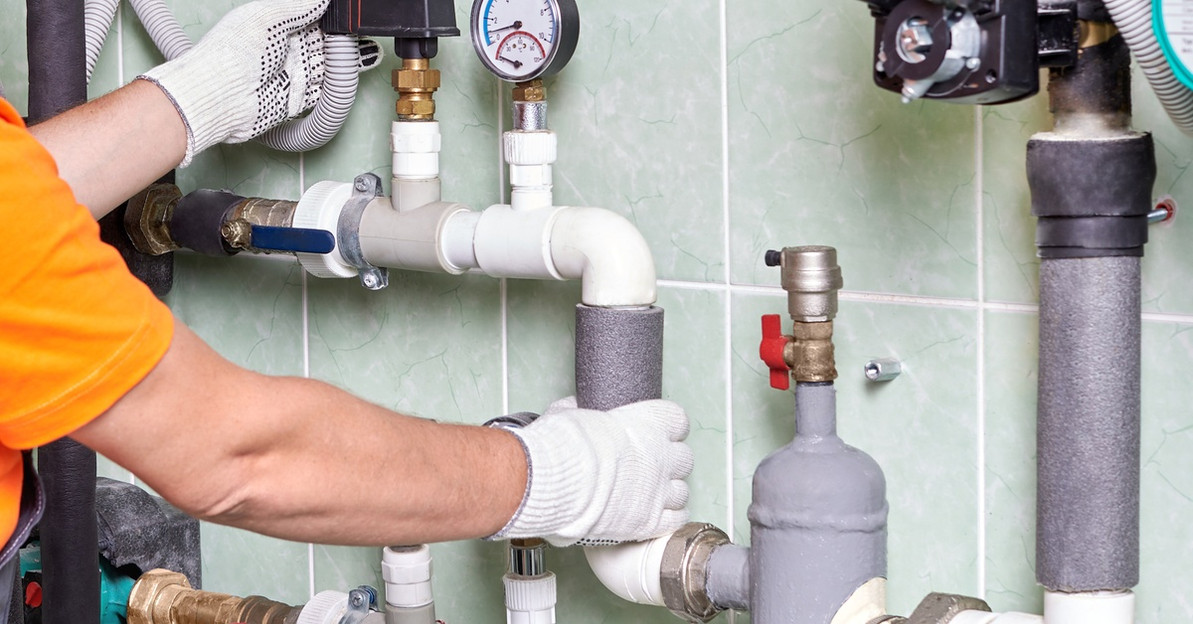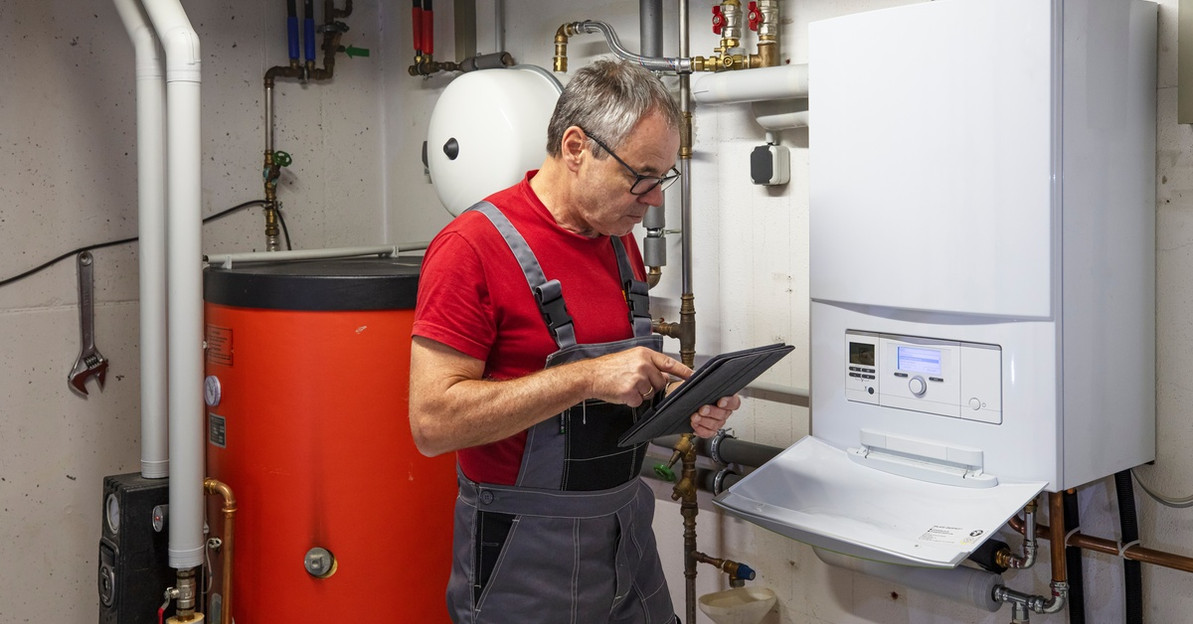Signs It’s Time To Replace Your Booster Pump
Booster pumps work hard to keep your water pressure steady and systems running smoothly. Over time, their performance can fade. Ignoring the early signals can lead to unexpected breakdowns, costly repairs, or even interruptions to your daily routines. Here are the signs it’s time to replace your booster pump with a new one.
The Pressure’s Not What It Used To Be
If your once-strong water flow has turned into a frustrating trickle, then something may be wrong. While clogs or valve issues could be the culprit, a booster pump that can’t maintain pressure has likely worn down its components and will need replacement.
Strange Noises You Can’t Ignore
Screeching, grinding, or rattling noises coming from your pump shout trouble. Worn-out bearings or internal damage cause unpleasant sounds. Repairs might buy you time, but if the noise keeps returning, the pump is probably reaching the end of its lifespan.
Rising Energy Bills
A struggling pump works harder to perform, which means it has to use more energy. This extra strain translates directly to higher utility costs! If your energy bills have started climbing for no obvious reason, your booster pump could be running inefficiently and wasting power.
Constant Repairs That Add Up
Are you repeatedly calling in technicians to patch up your pump? Frequent repair costs can pile up quickly, so it makes more sense to invest in a replacement. A new water booster pump may seem like a big purchase, but if you compare it to the ongoing cost of repairs, it’s a smarter long-term choice.
Age Is Catching Up With It
Booster pumps don’t last forever. Most have a lifespan between 10 and 15 years when well-maintained. If yours is hitting or exceeding that age range, consider a replacement. Even if the pump hasn’t failed yet, its efficiency and reliability may not be what they once were.
Leaks and Visible Corrosion
Water pooling around the pump or rust forming on its exterior are visual clues that something serious is happening. Leaks can damage the surrounding property, and corrosion points to structural weakening inside the pump. When visible wear and tear reach this level, replacing the pump is the safest option.
Time To Make The Switch!
Replacing your booster pump might not be on your radar until something goes wrong, but recognizing these warning signs can save you time, stress, and money. A new pump restores water pressure, improves energy efficiency, and keeps the entire system performing at its best.
Recent Posts
-
Integrating Water Heaters With Building Management Systems
When you think about building management systems (BMS), water heaters probably aren’t the first thin …Oct 6th 2025 -
Recirculation Loop and Pump Options for Tankless Systems
Waiting for hot water can be frustrating. It wastes your time, your water, and your money. Fortunate …Sep 23rd 2025 -
What You Need To Know About Variable-Speed Booster Pumps
A reliable water pressure system can completely transform water pressure in commercial and residenti …Sep 17th 2025





